
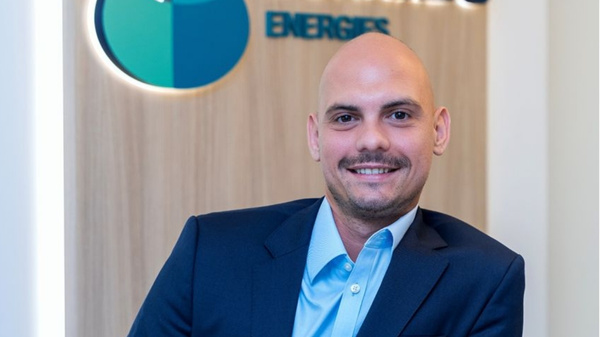
|
Burando Energies appoints Vasileios Analytis as commercial director in Dubai
Marine fuel trader promoted following expanded trading activity and commercial development. |
|
|
|
||
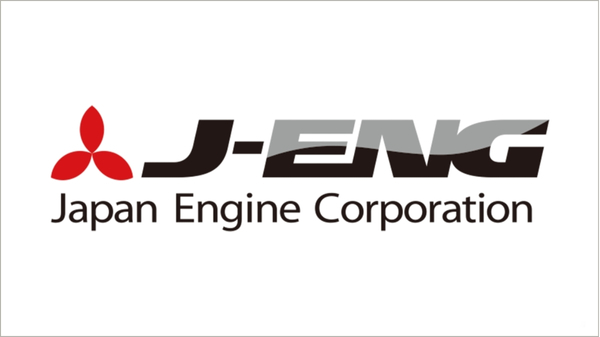
|
J-ENG starts development of methanol-fuelled marine engine
Japanese engine maker targets 2027 completion for UEC50LSJM model following ammonia and hydrogen engine projects. |
|
|
|
||
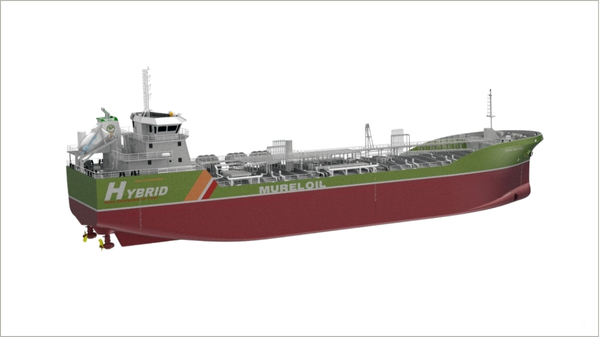
|
AYK Energy secures second battery contract with Mureloil for chemical tankers
Spanish ship owner orders hybrid propulsion systems for two 8,000-dwt vessels transporting biofuels and methanol. |
|
|
|
||
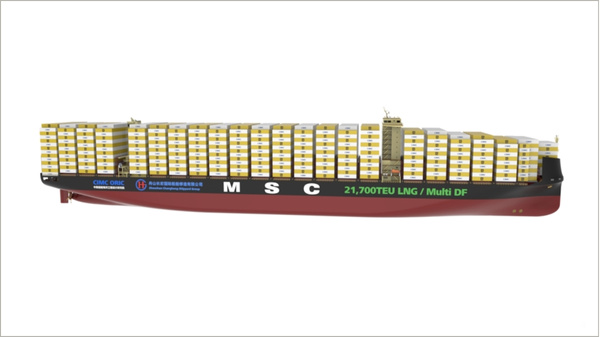
|
DNV approves 21,700-teu container ship design with ammonia fuel capability
Design by Zhoushan Changhong and CIMC ORIC can accommodate LNG or ammonia propulsion systems. |
|
|
|
||
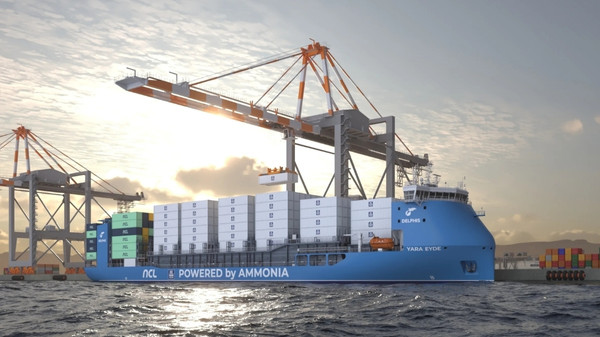
|
CMB.Tech invests in Chinese ammonia supply chain ahead of fleet deliveries
Belgian shipping group secures green ammonia offtake and takes stake in Andefu supply company. |
|
|
|
||

|
UK P&I Club joins SEA-LNG coalition to support LNG marine fuel adoption
Insurer brings 50 years of LNG experience to methane pathway coalition focused on maritime decarbonisation. |
|
|
|
||
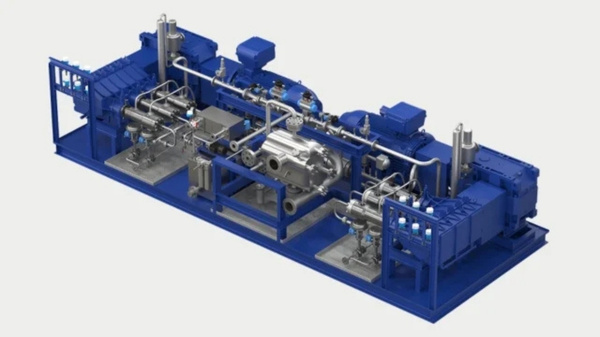
|
Alfa Laval launches LNG fuel supply system with cryogenic technology
Swedish firm unveils FCM LNG system for LNG-powered vessels, with marine deliveries planned for 2027. |
|
|
|
||

|
Union Maritime orders Anemoi rotor sails for two chemical tanker newbuilds
Wind propulsion technology to help shipowner exceed IMO 2030 greenhouse gas reduction targets. |
|
|
|
||
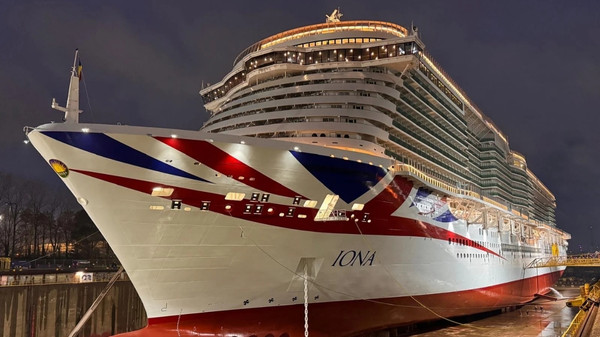
|
Lloyd's Register completes Europe's first major LNG cruise ship dry docks with Carnival
Iona and Mardi Gras projects required 18 months of planning and in-service passenger inspections. |
|
|
|
||
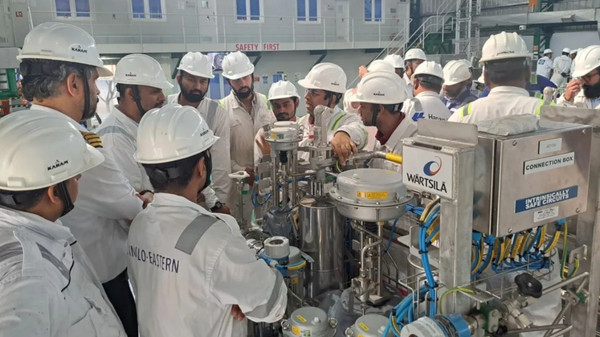
|
Anglo-Eastern completes pilot training course for ammonia-fuelled vessels
Ship manager prepares crew ahead of first ammonia-fuelled vessel takeover with inaugural training programme. |
|
|
|
||
| Singapore sets out new measures to shape bunkering for the future [News & Insights] |
| ExxonMobil launches second accredited MFM in Hong Kong [News & Insights] |
| Segar's speech at mass flow metering event [News & Insights] |
| Launch of world's first national standard for bunker mass flow metering [News & Insights] |
| First accredited mass flow metering system launched in Hong Kong [News & Insights] |